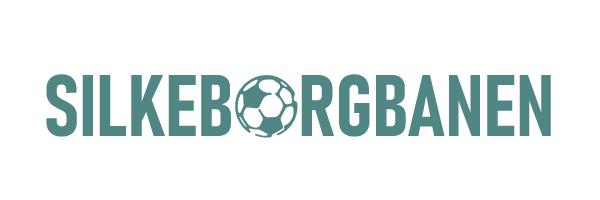Kalmar Project Report
In the autumn of 2018, a new artificial turf pitch was installed in the municipality of Kalmar in Sweden. The pitch was designed with a number of measures, the purpose of which was to prevent the spreading of microplastics from the pitch facility. Throughout the following year, environmental experts from the consultancy company Ecoloop monitored the facility. Their conclusion was that dispersal of microplastics can be prevented with proper risk management measures. The Ecoloop Kalmar report is accessible for download here.
CEN Report Recommendations
The Søholt facility will primarily be designed in accordance with the recommendations described in the new, joint European guide for the construction of artificial turf pitches – CEN report (DS/CEN/TR 17519 – ”Surfaces for sports areas – Synthetic turf sports facilities – Guidance on how to minimize infill dispersion into the environment”). The report is accessible for purchase and download here.
The ESTC zone model for the handling of rubber granulate on and around the pitch
The ESTC – EMEA Synthetic Turf Council – is the trade association of the artificial turf industry. Among other things, the ESTC works to inform about how to prevent the spreading of microplastics from artificial turf pitches. In this context, and on the basis of CEN report DS/CEN/TR 17519, they have prepared a Red-Yellow-Green model with recommendations. The ESTC model is accessible for download here.
Poster promoting responsible conduct on artificial turf pitches
How players behave when they leave the pitch is crucial in relation to how much rubber granulate will spread to nature. Therefore, the DBU has made a poster, which is accessible for download here.
DBU recommendations on environmentally friendly measures for artificial turf pitches with granulate infill
Artificial turf pitches have come play an important role for football in Denmark; and it is indeed by request of the local football clubs – requesting the very best playing conditions year-round – that the Søholt facility will be constructed as an artificial turf facility.
Artificial turf pitches are a relatively new type of facility, entailing numerous positive social impacts – but also a risk of negative environmental impact. The Danish Football Association (DBU) is thus making an effort to communicate the most recent knowledge to all Danish football clubs. In this connection, and with the ESTC Red-Yellow-Green model as the starting point, the DBU has prepared a model illustrating environmentally friendly measures for artificial turf pitches with granulate infill. The DBU model is accessible for download here.
Guide to artificial turf pitches
The DBU has prepared a number of different materials which may help both current and future owners and users of artificial turf pitches. These guides are available here.
Background document on the test and development project
With the artificial turf project at Søholt, we seek to verify the effect of the recommendations of the CEN report – as well as document whether these measures are sufficient to ensure minimal dispersal of microplastics from artificial turf pitches with granulate infill. At the same time, we seek with this project to inspire both pitch owners, users, authorities and politicians in how to construct, maintain and use artificial turf pitches in an environmentally friendly manner. To ensure that this project can build on experience from Kalmar, and on the most recent knowledge on artificial turf pitches in general, Ecoloop has prepared a working document forming the basis of the test and development project carried out in connection with the new artificial turf facility at Søholt. The Ecoloop working document is available for download here.
